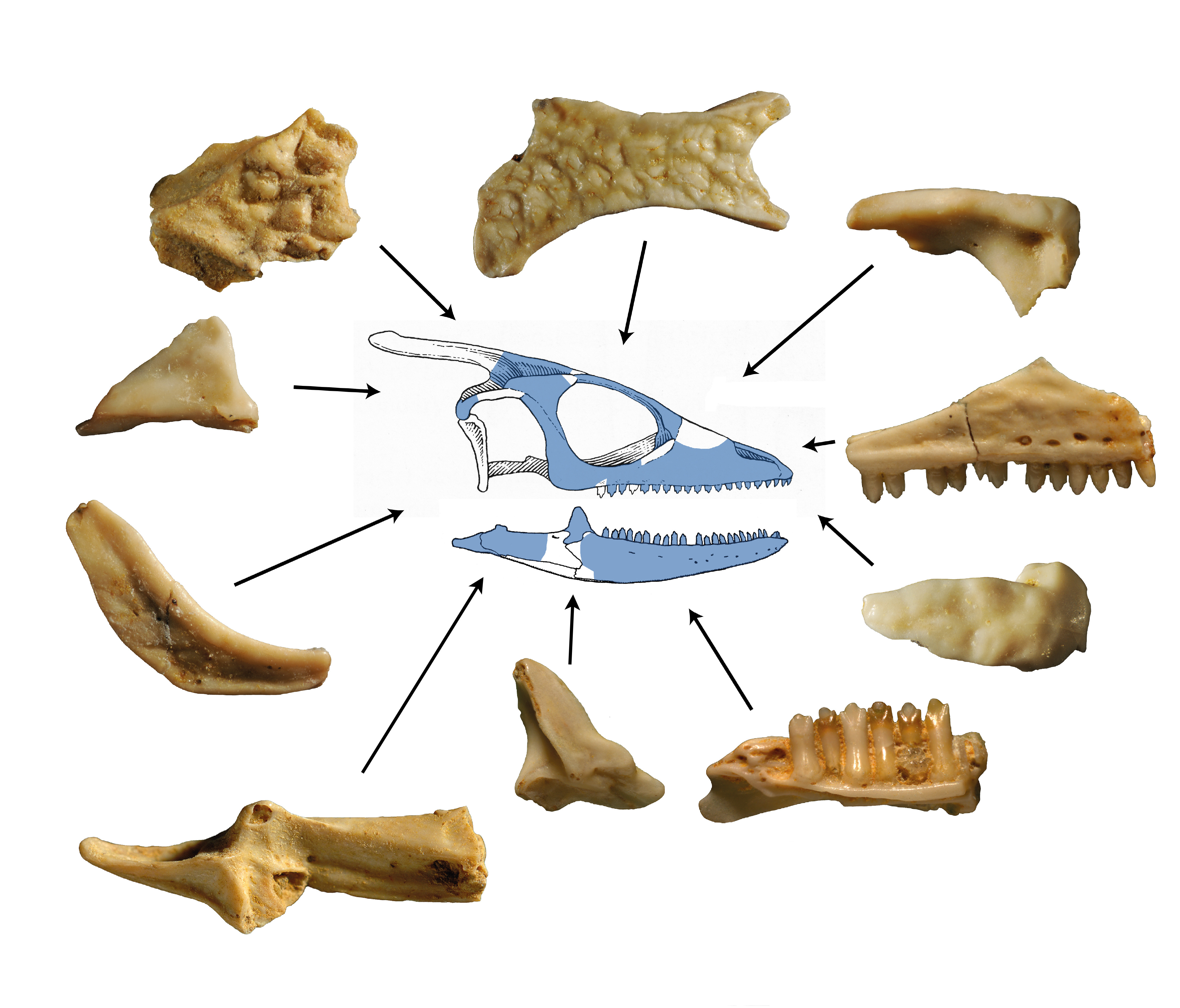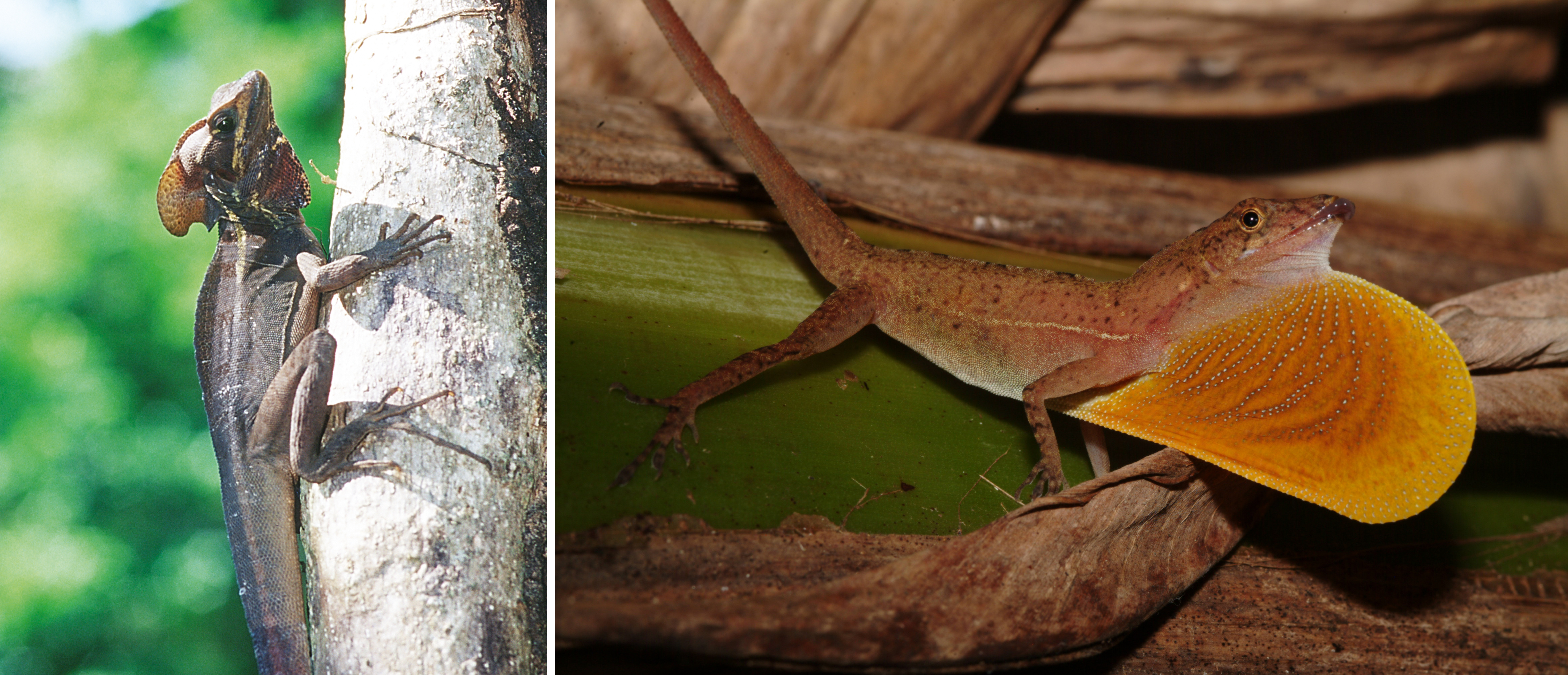Was there really an Eocene hothouse?
Published in Earth & Environment
The Eocene Epoch is the last sustained greenhouse interval of Earth’s climate, and a potential analog for a future, high-CO2 world. It was definitely warm – crocodiles were living near the North Pole! – and part of it, the Early Eocene Climate Optimum (from about 52–47 Ma, or million years ago), was especially so. In the consensus view of climate over the last 66 Ma – based especially on the well-known Zachos curve (1) – global average temperatures were supposedly extremely high throughout during the early Eocene, the so-called ‘hothouse’ from about 56–47 Ma (2), then dropped significantly by the late Eocene. Yet multiproxy evidence suggests that CO2 was only moderately elevated (about 3x the pre-industrial value) between about 56–52 Ma (3). These assumptions lead to the hypothesis of much higher climate sensitivity to CO2 during the early Eocene (4). But is high climate sensitivity reasonable?
Answering that question is consequential. Climate sensitivity is the change in global temperature associated with an increase in CO2. It is a critical uncertainty in predicting future climate change. If sensitivity is high, then global temperature will rise rapidly, but if it is low, then it will rise more gradually. In other words, if sensitivity is high, reducing CO2 emissions is an extremely pressing issue. If sensitivity is low, then we have more time. One of the main ways to study climate sensitivity is by looking to ‘natural experiments’ in geologic history.
The most ambitious aspect of our paper is a unification of phylogenetic systematics (the study of the interrelationships of species) with palaeoclimate reconstruction. Its story goes back to my graduate student days. I was contacted by an indefatigable, independent researcher – Dean Pearson of the Pioneer Trails Regional Museum in Bowman, North Dakota, USA – about a bunch of fossils from a late Eocene deposit in the area, the Medicine Pole Hills. I had so much on my plate already, studying geochemistry and evolutionary theory, and was reluctant. My doctoral advisor, Jacques Gauthier at Yale University, was encouraging: “Go for it!” he said. And I did.

I worked my way through Eocene lizard bits (the sort of thing that the uninitiated would describe as ‘müsli’) and then through Eocene snake bits. It’s a very tricky business – ultimately, in my opinion, a statistical problem – to put all these bits and pieces back together to be able to study the relationships of extinct species. But always the same pattern emerged: both early and late Eocene sites comprised the same lineages, which today are subtropical to tropical in distribution, like basilisks, agamas, galliwasps, and dwarf boas. This made me suspicious of the consensus view: if climate changed so drastically from the early to late Eocene, why didn’t my fossils show any evidence of that?
Angela Bruch and I met doing tag-team work on a course at Goethe University Frankfurt, Germany, and then conspiring to study palaeoclimate in some hominin sites in Israel and Syria. For many years she had studied palaeoclimate based on plant fossils and was involved in several projects led by Volker Mosbrugger, a developer of the coexistence approach: the general idea that, given an assemblage of species, one can look to their environmental tolerances to find that part of parameter space where they can coexist (5). Dave Polly and Jussi Eronen introduced maximum likelihood to the study of coexistence (6), an important advance. Thus, we had a general idea of how to tackle the problem of Eocene climate using fossil assemblages.
A critical problem remained: we don’t know the tolerances of extinct species. But evolutionary relationships seemed to hold the key, and it was Mark Norell of the American Museum of Natural History who inspired me to look at palaeoclimate estimation from that perspective. Methodological work commenced in earnest around the time that I went on parental leave. I remember pondering mathematical problems as I daily pushed my infant son’s stroller up the hill into the forest trails, my dog Einstein in tow, in a sleep-deprived daze, and from out of nowhere a solution would present itself.

Our approach consists of a number of steps. First, we estimated the relationships of fossil species. Specifically, we used Bayesian inference, which produces a sample of plausible trees, so that we need not assume any one set of relationships for our extinct species. Second, since we cannot know anything directly about the climatic tolerances of extinct species, we modelled them on the trees, making use especially of contingent kernel density estimation, a technique that had been worked out a decade before (7) but had not yet been widely employed. Third, we adapted the coexistence approach to a Bayesian framework, so as to be able to talk about uncertainty.
Our application of the new method was deliberate. First, we reproduced what everyone thought they already know about the early Eocene, including unexpected findings like a dry period during the Palaeocene-Eocene Thermal Maximum. We anticipated a good correspondence in the early Eocene given assemblage composition; for instance, a worm-lizard species (Anniealexandria gansi) probably related to the extant Mexican Burrowing Lizards (Bipes) occurs only during the PETM, and we expected this occurrence to bring down palaeoprecipitation estimates, as previous results from the Bighorn Basin, Wyoming, USA, also showed. Then we applied our method to the late Eocene (Medicine Pole Hills) and found that it was not any cooler than the early Eocene. There was no evidence of a big temperature drop.
In our interpretation (8), global temperature and CO2 are more tightly correlated during the Eocene than in the consensus view, lending support to the notion that CO2 exerts a major control on global temperature. At the same time, our results imply that very high early Eocene temperatures, especially in the 56–52 Ma interval, might need to be abandoned. We find no support for the existence of a ‘hothouse’ that spans the whole of the early Eocene (although nothing speaks against hyperthermal fluctuations or the Early Eocene Climate Optimum). Accordingly, climate might be less sensitive to CO2 than some models have suggested.
Further reading
- Zachos, J. et al. (2001) Trends, rhythms, and aberrations in global climate 65 Ma to present. Science, 292, 686-693.
- Westerhold, T. et al. (2020) An astronomically dated record of Earth’s climate and its predictability over the last 66 million years. Science, 369, 1383-1387.
- CenCO2PIP Consortium. (2023) Toward a Cenozoic history of atmospheric CO2. Science, 382, eadi5177.
- Anagnostou, E. et al. (2020) Proxy evidence for state-dependence of climate sensitivity in the Eocene greenhouse. Nature Communications, 11, 4436.
- Mosbrugger, V., & Utescher, T. (1997) The coexistence approach—a method for quantitative reconstructions of Tertiary terrestrial palaeoclimate data using plant fossils. Palaeogeography, Palaeoclimatology, Palaeoecology, 134, 61-86.
- Polly, P. D., & Eronen, J. T. (2011) Mammal associations in the Pleistocene of Britain: implications of ecological niche modelling and a method for reconstructing palaeoclimate. In Ashton, N. M., Lewis, S. G., & Stringer, C. The Ancient Human Occupation of Britain (Developments in Quaternary Science, vol. 14), pp. 279-304. Elsevier, Amsterdam.
- Fortmann-Roe, S., Starfield, R., & Getz, W. M. (2012) Contingent kernel density estimation. PLoS One, 7(2), e30549.
- Smith, K.T., & A.A. Bruch (2025) Persistent greenhouse conditions in Eocene North America point to lower climate sensitivity. Communications Earth & Environment 6: 352.



Please sign in or register for FREE
If you are a registered user on Research Communities by Springer Nature, please sign in